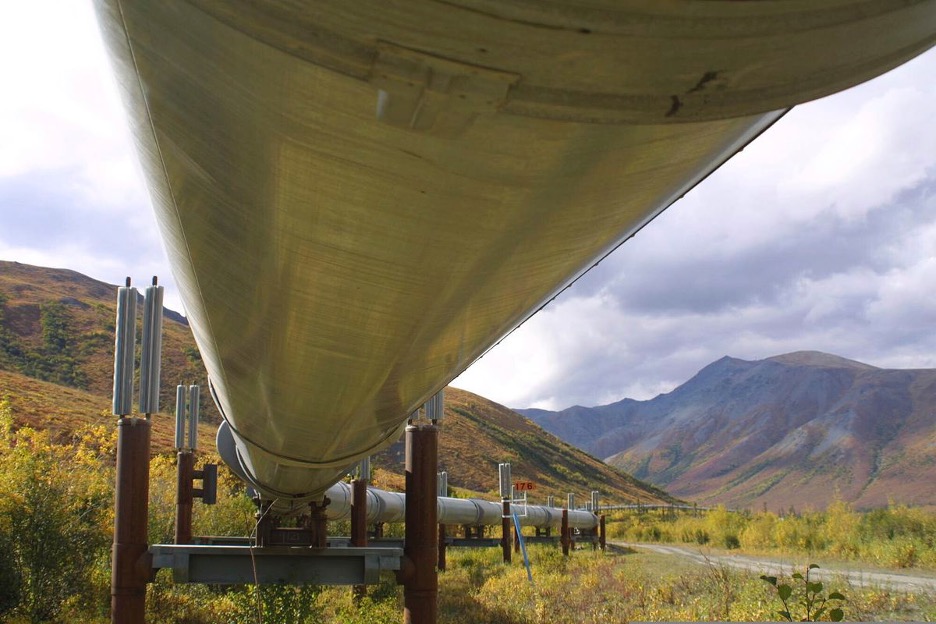By Roger Marks

Alaska’s constitution provides for “utilization, development, and conservation of … resources … for the maximum benefit of the people.” What is maximum benefit? Cash to the state? Short-term cash? Long-term? Jobs? Income? Environmental quality? Who knows?
Then there is the idea of the state getting its “fair share.” What is fair? For eons, philosophers, theologians, lawyers, economist and countless others have pondered this. There is currently a ballot initiative to raise oil taxes called “The Fair Share Act.”
Most economists would say fairness entails taxes being competitive; taxpayers should pay a similar amount to what they pay in other similar places. Otherwise investment will go elsewhere and production suffers. As measured by percentage of net pre-tax profits going to the state and federal government, the current system is competitive. (Including the “credits,” which do not really function as credits, but rather provide progressivity to the system.)
Presently, the state alone is getting 45% of the net profits at current prices. It would get 64% under the initiative. (These calculations are mine, based on public data.)
On their website, the initiative sponsors call for gross revenues (market price less transportation cost) to be split one-third each to the state, the federal government and the taxpayers. Ascribing and measuring shares of gross revenues going to the three entities makes no sense. Currently, gross revenues are about $50 per barrel. Half of this are upstream development costs; this share of gross revenues go to no one, but is incurred by taxpayers. Per the sponsors’ approach, if you spend $25 to develop oil and sell it for $50, you’ve made $50.
In an Aug. 2018 op-ed, the initiative sponsor lamented that between 2009–2015, taxes had declined from $12 per barrel to $2 per barrel even though oil prices had stayed similar. What was not mentioned was that between those years, upstream costs had increased from $17 per barrel to $40 per barrel. So even with the lower taxes, taxpayers’ after-tax profits were $10 per barrel less.
Most moralists would agree that for something to be fair it needs to be fair to both sides. Generally in the world there is a basic risk/reward symmetry between how taxpayers and governments share downside price risk and upside potential. Either the taxpayers assume downside risk and realize upside potential, or the government does.
The initiative raises taxes at low prices, high prices, and in-between. At prices under $45 per barrel the taxpayers would lose money while the state makes several dollars per barrel. At high prices, the marginal tax rate would be 70%. The taxpayer assumes the downside risk and the state gets the upside potential. It is a classic “heads I win, tails you lose” scheme.
As easy as it is to be cynical about laws that are the outcome of the legislative process, they could be much worse. At least that process provides many checks and balances to the initial subjectivity of a single legislator that may be embedded in early drafts.
For a bill to become a law it will be reviewed by a number of legislators in the initial committee, be analyzed by experts, receive public input, go on to other committees, the body as a whole (House or Senate), and go through the same process in the other body. Along the way, there are exchanges of ideas and the proposition is modified.
In the end, it will be subject to a multiplicity of perspectives and information. The initial favoritism gets tempered. This ultimately results in decisions that are better than could have been made by any single member.
That is the problem with ballot initiatives. They are statutes drafted by a small number of like-minded sponsors. If passed, the Legislature cannot touch them for two years. It’s “take-it-or-leave-it” lawmaking without the balanced review good legislation needs.
The initiative sponsors have not stated what is fair, how they justify it, how they measure it or how the initiative attains fairness. They better have some basis, because economically it is a mess.
Roger Marks is an economist in private practice in Anchorage. He formerly served as a petroleum economist with the Tax Division in the Alaska Department of Revenue.
